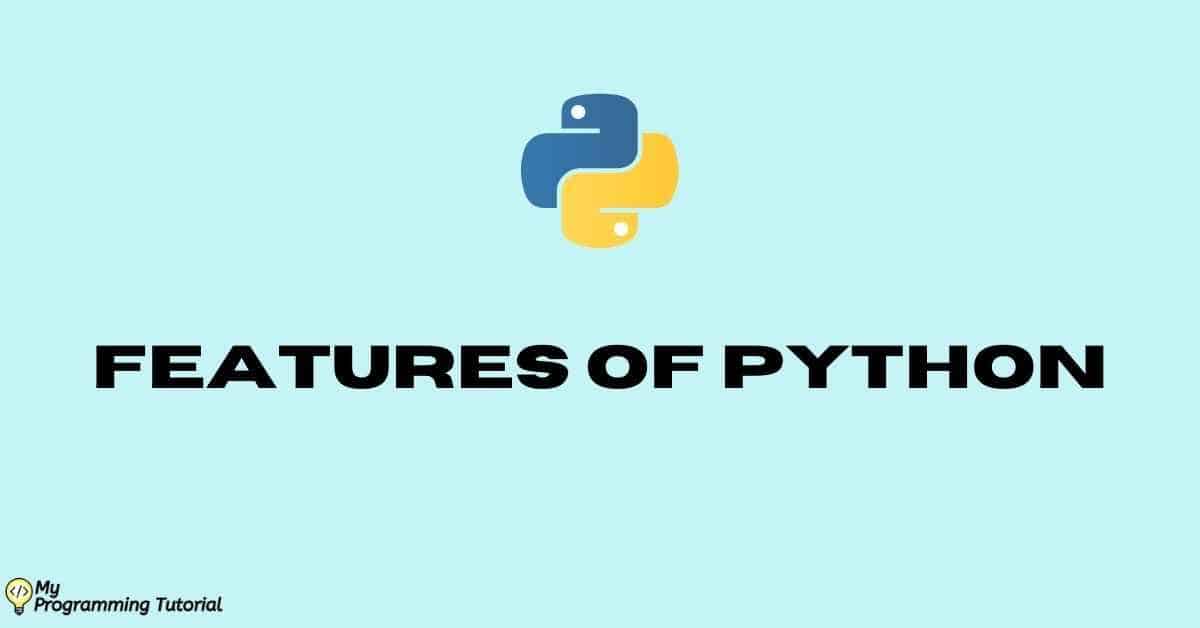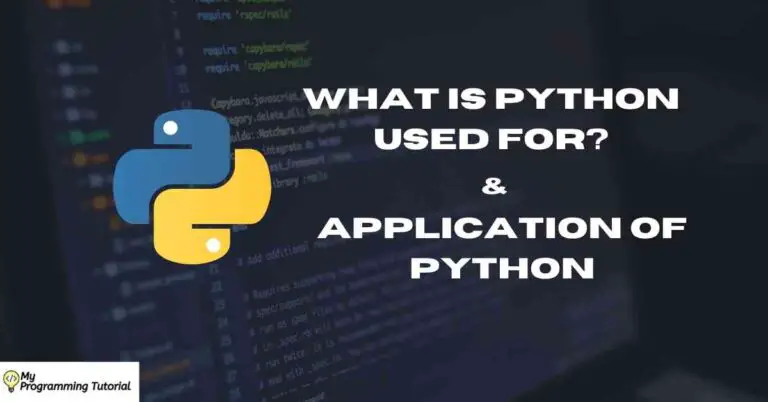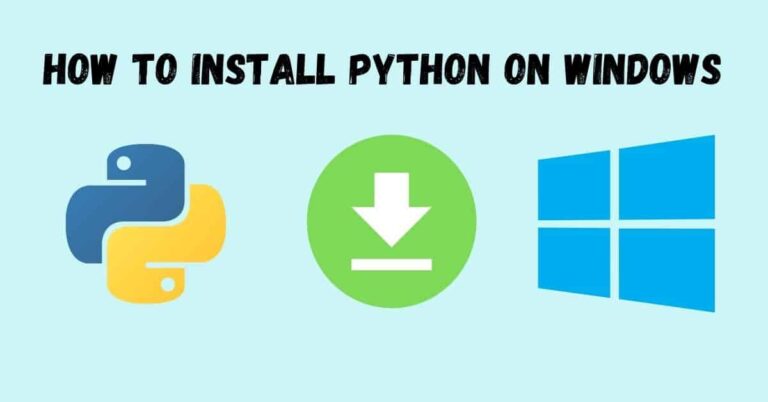Top 14 Features of Python

In this article, we will be discussing the top 14 features of Python Programming Language.
If you are already from a programming background or just new to programming you must have heard about python. This is because of the features of python and python applications, that make it so special.
Table of Contents
What is Python?
Python is the fastest-growing programming popular language. The growth is in terms of developers, it’s simple programming syntax that is helpful for beginners, code readability, vast libraries, and the applications that it can be used for.
Python has covered almost all the domains such as machine learning, artificial intelligence, web development, and many other domains.
Read also: Top 14 Applications of Python
Features of Python

Below we have discussed some of the important features of Python Programming Language.
Simple and Easy to Learn
Python is a very easy language, to begin with. It is easy to read, write, and understand, just like reading English. The biggest advantage of python is that the syntax is very easy, it makes you think of solutions rather than syntax.
The lines of code required to write a program are fewer compared to other programming languages. And hence is easy for new programmers to adapt. Hence this is the best feature of python which attracts programmers around the world.
Free and Open Source
To use python we don’t have to pay a single penny, because it is provided by the Python Software Foundation which is a non-profitable organization. You can download it from the python org website for free.
Python is an open-source programming language, which means we can access the source code of python and can modify it as per our requirements. There are python distributors such as CPython, Anaconda, ActivePython, PyPy, etc.
Object-Oriented Language
Object-Oriented Programming (OOP) is based on the concept of objects and classes. It is used to structure a software program into simple, reusable parts of code blueprints (usually called classes), which are used to create individual instances of objects.
Python supports object-oriented language and concepts of classes and objects etc. As Python supports OOP it follows object-oriented concepts like inheritance, abstraction, encapsulation, and polymorphism.
Procedural Language
Python is object-oriented as well as a procedural language. It is also called structured programming. Procedural language is based upon the concept of the procedure call. Procedures, also known as routines, subroutines, or functions.
This feature of python allows you to use reusable functions.
Dynamically Typed Language
Python Programming Language is a Dynamically typed language.
Dynamically typed languages are those languages in which interpreters assign the variable a type at runtime based on the variable value at that particular time.
In Python, we don’t have to declare the data type of the variables while assigning the value, python does it on its own while executing. Unlike C, C++, JAVA, etc where we have compulsory declare the datatype of variables while declaration. We can use the same variable for different data types as the program flow goes, such type of flexibility python provides.
Extensive Collection of Libraries
Python has extensive collections of built-in libraries. It is one of the best features of python. When you install python, by default these libraries are downloaded to your system. These libraries are useful as we don’t have to write every single line of the function code instead call them, this helps to achieve code reusability. No other programming language provides this much library support.
Python also has a package installer called Pip (stands for preferred installer program). Pip is used to install and manages the software packages.
Interpreted Language
Unlike other programming languages like C, Java, etc where we need to first compile and then run our program. Python is interpreted which means we do not require to compile our code, instead of executing the source all at once python executes the program line by line. Python’s execution of code line by line can be useful for programmers for debugging.
GUI Programming
Python has support for a wide range of toolkits for developing GUI (Graphical User Interface). Python provides GUI toolkits such as Tkinter, wxPython, Jpython, etc. Providing the support of such a variety of GUI frameworks, thus becoming of the most favorite languages for developers. To get the list of all frameworks or tools of GUI Programming in Python click here.
Extensible and Embeddable
Python is an extensible and embeddable language meaning if we feel to use other programming languages to perform a specific part of a project python allows us to use other programming languages with it. Also, we can embed python with other languages. The integration of Python with other languages makes it extensible and embeddable.
Platform Independent
The next important feature of python is that it is platform-independent. Platform independent means a python application can run on any platform i.e. Windows, Linux, or MAC, etc.
Python uses Python Virtual Machine (PVM) that converts source code into byte code which is machine independent and can be run on any platform without re-writing the program again.
Portability
Python support portability which means you can move your project from one platform to another without changing a single line of code. This feature provides the facility to share a piece of code with your team members or friends and that code will run the same way as it does for you when you run that code.
High-level Language
Python is a high-level language and a programmer-friendly language. Low-level activities like memory management, object distraction, securities, etc all these low-level activities are taken care of by Python Virtual Machine (PVM). Being a programmer we should not worry about these activities while using python.
Garbage collection
Garbage collection is a mechanism that releases the memory when the object is no longer use. It destroys the objects and reuses its memory to other objects.
Python has an automatic garbage collection mechanism which results in great memory and performance management. Hence maximum memory can be utilized and the application becomes robust.
Interactive mode
Python provides an interactive mode which means you can run your code directly in the python shell which can be accessed in the terminal of your operating system.
This allows the developers an advantage for testing and debugging code.
Conclusion
Above we have discussed features of python that make this language so popular today. We saw python is a high-level, object-oriented, dynamically typed language. It is easy to learn, and it provides huge library support and important features that are helpful for developers around the world.


